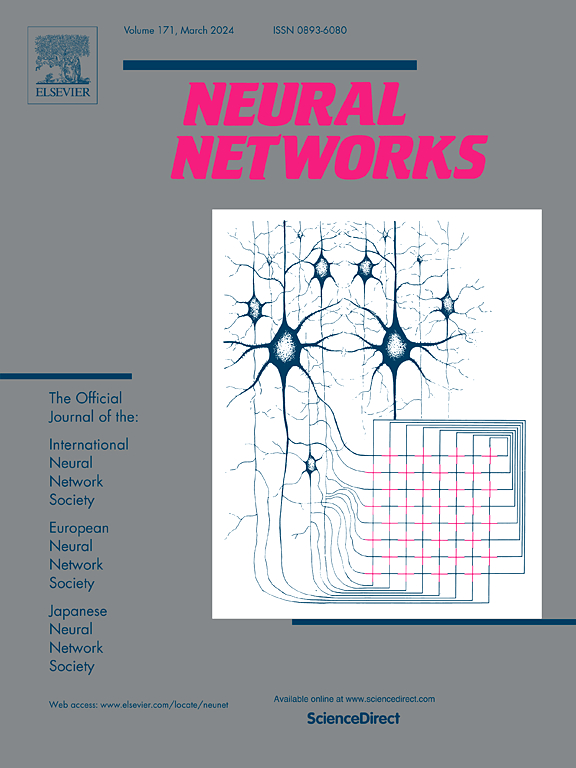Augmenting interaction effects in convolutional networks with taylor polynomial gated units
IF 6
1区 计算机科学
Q1 COMPUTER SCIENCE, ARTIFICIAL INTELLIGENCE
引用次数: 0
Abstract
Transformer-based vision models are often assumed to have an advantage over traditional convolutional neural networks (CNNs) due to their ability to model long-range dependencies and interactions between inputs. However, the remarkable success of pure convolutional models such as ConvNeXt, which incorporates architectural elements from Vision Transformers (ViTs), challenge the prevailing assumption about the intrinsic superiority of Transformers. In this work, we aim to explore an alternative path to efficiently express interactions between inputs without an attention module by delving into the interaction effects in ConvNeXt. This exploration leads to the proposal of a new activation function, i.e., the Taylor Polynomial Gated Unit (TPGU). The TPGU substitutes the cumulative distribution function in the Gaussian Error Linear Unit (GELU) with a learnable Taylor polynomial, so that it not only can flexibly adjust the strength of each order of interactions but also does not require additional normalization or regularization of the input and output. Comprehensive experiments demonstrate that swapping out GELUs for TPGUs notably boosts model performance under identical training settings. Moreover, empirical evidence highlights the particularly favorable impact of the TPGU on pure convolutional networks, such that it enhances the performance of ConvNeXt-T by 0.7 % on ImageNet-1K. Our findings encourage revisiting the potential utility of polynomials within contemporary neural network architectures. The code for our implementation has been made publicly available at https://github.com/LQandlq/tpgu.
求助全文
约1分钟内获得全文
求助全文
来源期刊

Neural Networks
工程技术-计算机:人工智能
CiteScore
13.90
自引率
7.70%
发文量
425
审稿时长
67 days
期刊介绍:
Neural Networks is a platform that aims to foster an international community of scholars and practitioners interested in neural networks, deep learning, and other approaches to artificial intelligence and machine learning. Our journal invites submissions covering various aspects of neural networks research, from computational neuroscience and cognitive modeling to mathematical analyses and engineering applications. By providing a forum for interdisciplinary discussions between biology and technology, we aim to encourage the development of biologically-inspired artificial intelligence.
 求助内容:
求助内容: 应助结果提醒方式:
应助结果提醒方式:


